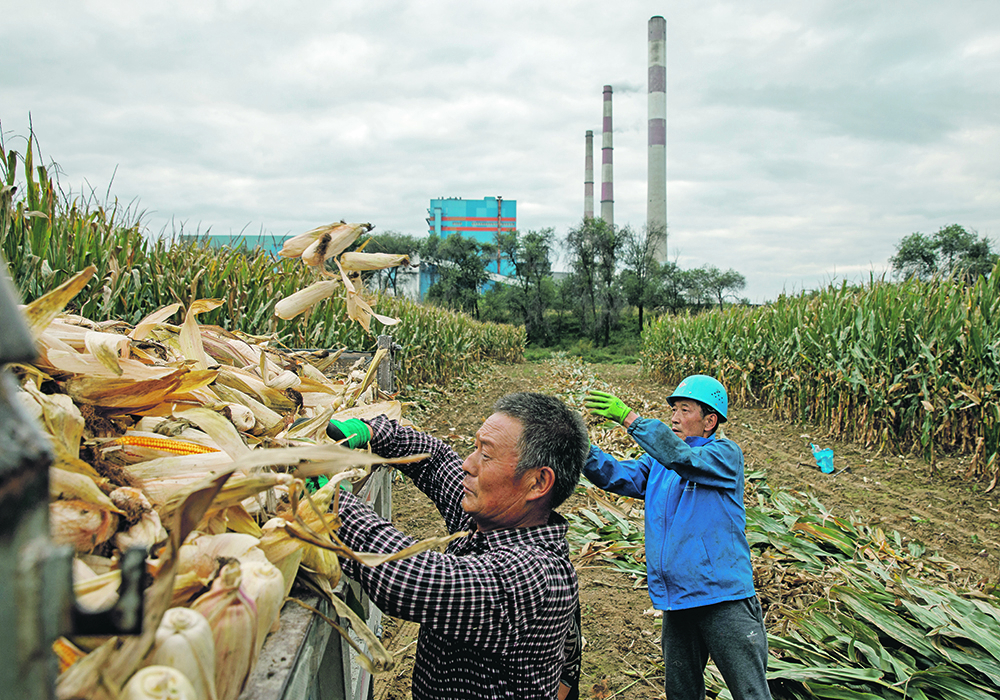The United States is criticized for not challenging China’s lack of transparency, which is blamed for keeping prices low
China is a better poker player than the United States, and that is keeping grain and oilseed prices from reaching their full potential, says an analyst.
The Asian superpower is capitalizing on market confusion by refusing to divulge its stocks of corn and soybeans, said DTN lead grain market analyst Todd Hultman.
“We can’t keep affording to play poker where we reveal all our cards but require China to reveal none of theirs,” he told delegates attending the company’s virtual Ag Summit.
A good case-in-point is what happened in November 2018, when the U.S. Department of Agriculture increased China’s corn ending stocks in its World Agricultural Supply and Demand Estimates report to 207 million tonnes from 58.5 million tonnes.
Read Also

Prairies have variable soil moisture conditions
The dry weather in the west was welcome for preserving grain quality and advancing harvest, but it has resulted in very dry soil moisture conditions.
It made the drastic adjustment after China revised its previous 11 years of stock estimates out of the blue.
“Did USDA do their own homework? No. Did they have any evidence of this? No,” said Hultman.
“They published what China wanted us to publish.”
Flash forward to this year, and China suddenly started importing a lot of corn from around the world. First it vacuumed up Brazil’s supplies and then it turned its attention to U.S. corn.
China’s purchases caught the market by surprise because on paper there was no indication of a shortage.
Hultman said the country has bought 440 million bushels of U.S. corn, and 89 percent of that was purchased at prices below US$3.50 per bushel.
“Not knowing that there was a shortage developing in China really hurt us, kept prices lower than they need to be and helped China get away with a bargain steal this year,” he said.
“They really got the bulk of their purchases done before we even knew what was going on. I find that very unfortunate.”
He blames the USDA for accepting China’s ending stocks numbers at face value.
“The USDA was a bit complicit in this fiction and has yet to correct it,” said Hultman.
It is still forecasting 191.5 million tonnes of Chinese corn stocks at the end of 2020-21.
A similar story has unfolded with soybean sales to China.
The first sign that something might be wrong is when China’s domestic soybean prices started to climb in July.
That prompted a buying spree that lasted through the end of October, once again catching the market off guard.
Hultman said the country has already committed to buying 1.09 billion bushels of U.S. soybeans.
It managed to buy slightly more than half of that volume at prices under $9 per bu. and 80 percent below $10 per bu.
The pace of exports is starting to slow now as the cash price for U.S. soybeans reached $11 per bu. last week.
He said China was “very sneaky” about concealing the magnitude of its feedgrain shortfall. It has become an expert at “hiding its cards,” which is keeping corn and soybean values from reaching their full potential.
“Do we want to keep playing this type of game?” said Hultman.
He is not certain how the U.S. can get better intelligence on China’s stocks, but he does know it is time to have a conversation about what needs to be done.
“We currently have no credible insight for the world’s largest feed demand customer of corn and soybeans and that puts us at a big disadvantage.”
















